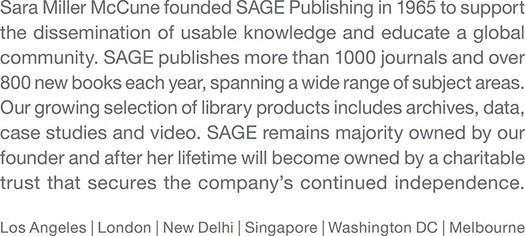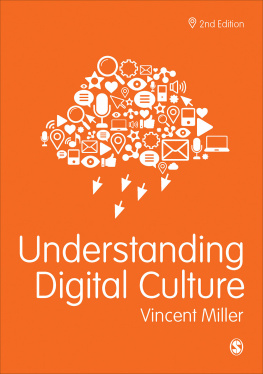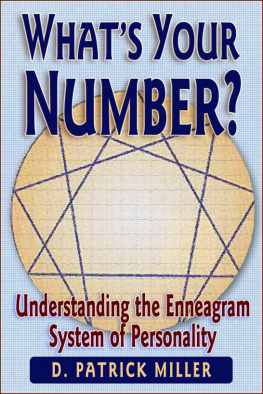Vincent Miller - Understanding digital culture
Here you can read online Vincent Miller - Understanding digital culture full text of the book (entire story) in english for free. Download pdf and epub, get meaning, cover and reviews about this ebook. genre: Romance novel. Description of the work, (preface) as well as reviews are available. Best literature library LitArk.com created for fans of good reading and offers a wide selection of genres:
Romance novel
Science fiction
Adventure
Detective
Science
History
Home and family
Prose
Art
Politics
Computer
Non-fiction
Religion
Business
Children
Humor
Choose a favorite category and find really read worthwhile books. Enjoy immersion in the world of imagination, feel the emotions of the characters or learn something new for yourself, make an fascinating discovery.
- Book:Understanding digital culture
- Author:
- Genre:
- Rating:4 / 5
- Favourites:Add to favourites
- Your mark:
- 80
- 1
- 2
- 3
- 4
- 5
Understanding digital culture: summary, description and annotation
We offer to read an annotation, description, summary or preface (depends on what the author of the book "Understanding digital culture" wrote himself). If you haven't found the necessary information about the book — write in the comments, we will try to find it.
Understanding digital culture — read online for free the complete book (whole text) full work
Below is the text of the book, divided by pages. System saving the place of the last page read, allows you to conveniently read the book "Understanding digital culture" online for free, without having to search again every time where you left off. Put a bookmark, and you can go to the page where you finished reading at any time.
Font size:
Interval:
Bookmark:

- Vincent Miller

- Los Angeles
- London
- New Delhi
- Singapore
- Washington DC
- Melbourne

SAGE Publications Ltd
1 Olivers Yard
55 City Road
London EC1Y 1SP
SAGE Publications Inc.
2455 Teller Road
Thousand Oaks, California 91320
SAGE Publications India Pvt Ltd
B 1/I 1 Mohan Cooperative Industrial Area
Mathura Road
New Delhi 110 044
SAGE Publications Asia-Pacific Pte Ltd
3 Church Street
#10-04 Samsung Hub
Singapore 049483
Vincent Miller 2020
First edition published 2011
Reprinted 2011, 2013, 2014, 2015 (twice), 2016, 2017 (three times), 2018 (five times) and 2019 (four times)
This second edition published 2020
Apart from any fair dealing for the purposes of research or private study, or criticism or review, as permitted under the Copyright, Designs and Patents Act, 1988, this publication may be reproduced, stored or transmitted in any form, or by any means, only with the prior permission in writing of the publishers, or in the case of reprographic reproduction, in accordance with the terms of licences issued by the Copyright Licensing Agency. Enquiries concerning reproduction outside those terms should be sent to the publishers.
Library of Congress Control Number: 2019948674
British Library Cataloguing in Publication data
A catalogue record for this book is available from the British Library
ISBN 978-1-4739-9386-0
ISBN 978-1-4739-9387-7 (pbk)
Editor: Michael Ainsley
Editorial assistant: Amber Turner-Flanders
Production editor: Imogen Roome
Copyeditor: Sarah Bury
Proofreader: Leigh C. Smithson
Marketing manager: Lucia Sweet
Cover design: Lisa Harper-Wells
Typeset by: C&M Digitals (P) Ltd, Chennai, India
Printed in the UK
At SAGE we take sustainability seriously. Most of our products are printed in the UK using responsibly sourced papers and boards. When we print overseas we ensure sustainable papers are used as measured by the PREPS grading system. We undertake an annual audit to monitor our sustainability.
Id like to dedicate this book to my family. I would also like to thank Majid Yar, Kayleigh Flaxman, Carolyn Pedwell and John Wills for comments on drafts of this second edition. Thanks also to Michael Ainsley and Amber Turner-Flanders at SAGE for their patience and support in putting this together.
We live in a world where the internet and the world wide web have, in the matter of only three decades, shifted from being at the forefront of a new frontier of communication technology to being for most people an incredibly unremarkable part of our culture and daily life. Many once held an optimism that the internet would, for example, revolutionise work and office life, and create active, engaged citizens instead of the passive subjects of the broadcast media age (Poster, 1995), or lead to the creation of alternative communities, worlds and even identities free from the prejudices of offline society (Rheingold, 1993).
However, as the internet has become something used by the majority of the population in advanced economies, that population has brought with it all of the habits, inclinations and prejudices that are endemic to society as a whole. As a result, much of this early optimism that the internet would radically change our culture in some sort of knowledge revolution has begun to fade in light of the realisation that our culture has perhaps transformed the internet more than vice versa.
The internet has now become a major part of work, leisure, social and political life for most people in advanced economic nations. It is no longer its novelty, uniqueness or potential to transform life, but its mundane nature and pervasiveness that now gives the internet its significance. Not in the sense that it has profoundly changed the world, but in the sense that it has become enmeshed within the enduring structures of our society. As such, the online sphere is no longer a realm separate from the offline real world, but is fully integrated into offline life.
This integration has only been enhanced by the massive popularity of mobile technologies, particularly mobile phones, the latest generation of which allows almost perpetual contact with the world wide web, as well as with our friends, relatives, bosses and significant others. As a result, digital culture now involves more than merely sitting at a computer terminal, and studies of the information age have moved on from the preoccupation with internet studies to consider the pervasive use of mobile phones, the Internet of Things, and other wireless information communication technologies (ICTs). What this means practically is that this is not simply a book about internet studies, but a book that considers many wider forms of digital culture, including mobile communications technologies, surveillance, algorithms, ambient intelligence, gaming, big data and technological bodies (to name a few) within and beyond the internet, to demonstrate how digital technology in a broad sense is used within the wider contexts of everyday life.
In 1975, roughly two decades after the rise of television as a mass medium in Britain was ushered in by the coronation of Queen Elizabeth II in 1953 (the same time as the golden age of television in the United States), acclaimed cultural theorist Raymond Williams wrote Television: Technology and Cultural Form, an investigation into the cultural influence of television as a form and practice in British and American cultural life. He begins by introducing a set of statements that were representative of how television was seen as changing the world:
- Television was invented as the result of scientific and technical research. Its power as a medium of news and entertainment was then so great that it altered all preceding media of news and entertainment.
- Television was invented as the result of scientific and technical research. Its power as a medium of social communication was then so great that it altered many of our institutions and forms of social relationships.
- Television was invented as the result of scientific and technical research. Its inherent properties as an electronic medium altered our basic perceptions of reality, and thence our relations with each other and with the world.
- Television was invented as the result of scientific and technical research. As a powerful medium of communication and entertainment it took its place with other factors such as greatly increased physical mobility, itself the result of other newly invented technologies in altering the scale and form of our societies.
- Television was invented as the result of scientific and technical research, and developed as a medium of entertainment and news. It then had unforeseen consequences, not only on other entertainment and news media, which reduced in viability and importance, but on some of the central processes of family, cultural and social life.
- Television, discovered as a possibility by scientific and technical research, was selected for investment and development to meet the needs of a new kind of society, especially in the provision of centralised entertainment and in the centralised formation of opinions and styles of behaviour.
Font size:
Interval:
Bookmark:
Similar books «Understanding digital culture»
Look at similar books to Understanding digital culture. We have selected literature similar in name and meaning in the hope of providing readers with more options to find new, interesting, not yet read works.
Discussion, reviews of the book Understanding digital culture and just readers' own opinions. Leave your comments, write what you think about the work, its meaning or the main characters. Specify what exactly you liked and what you didn't like, and why you think so.






